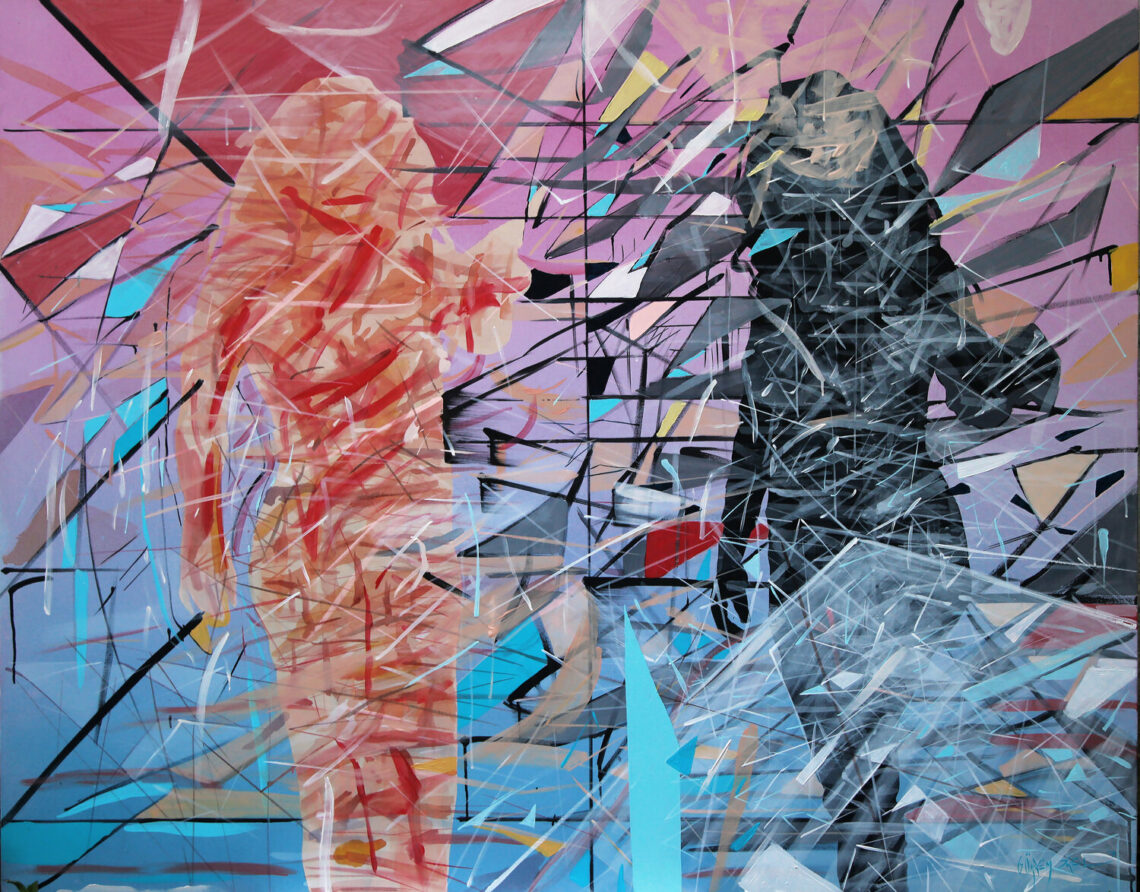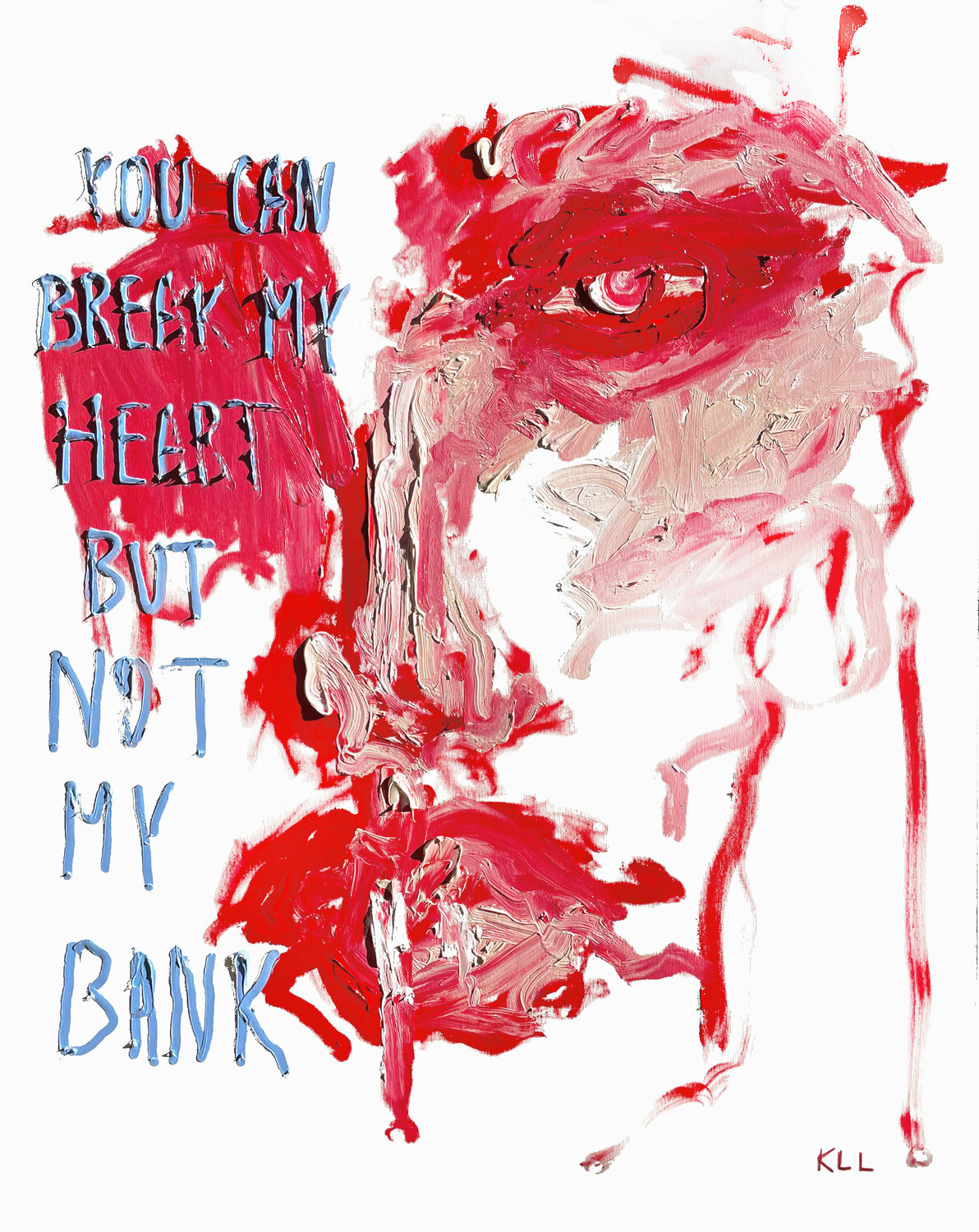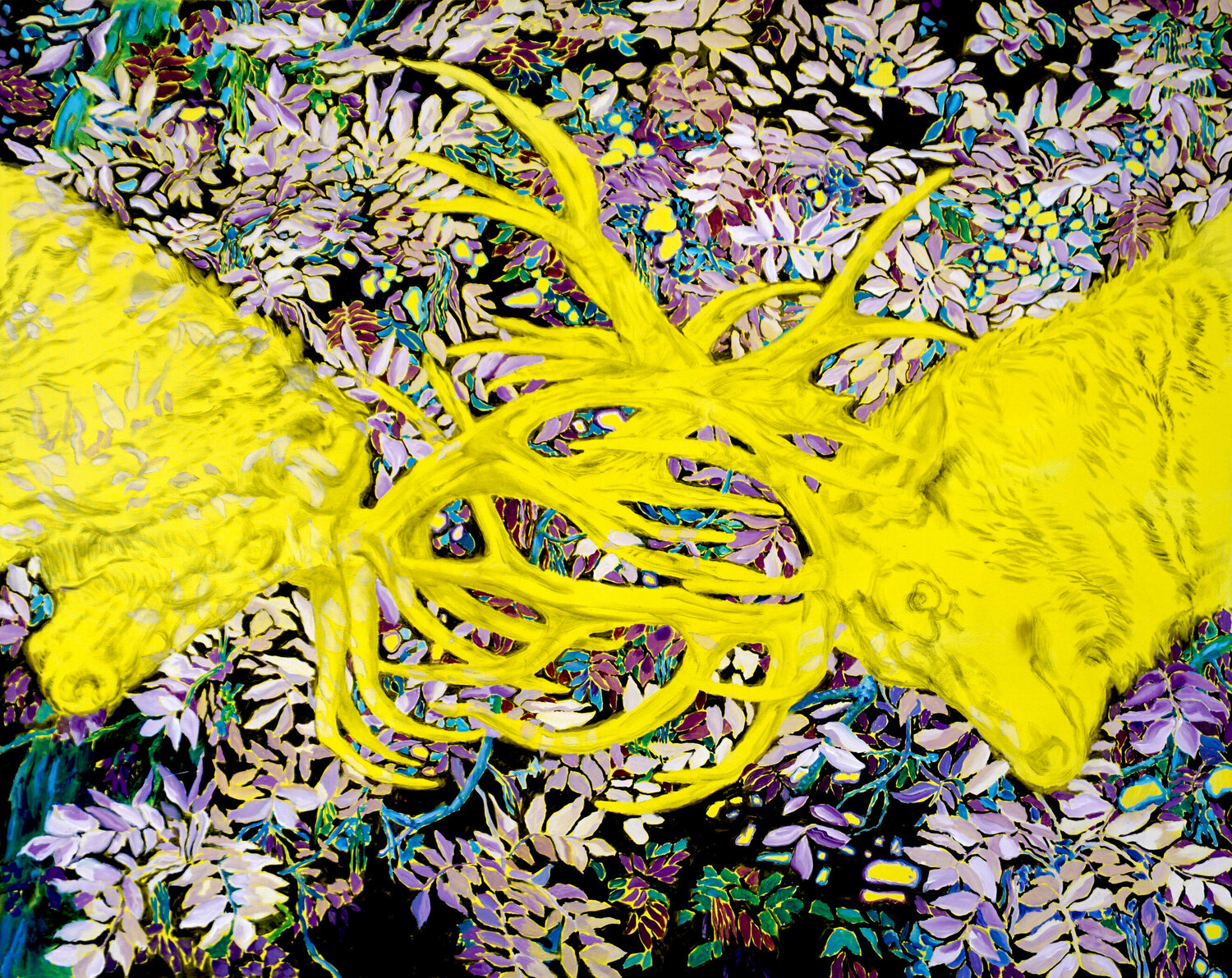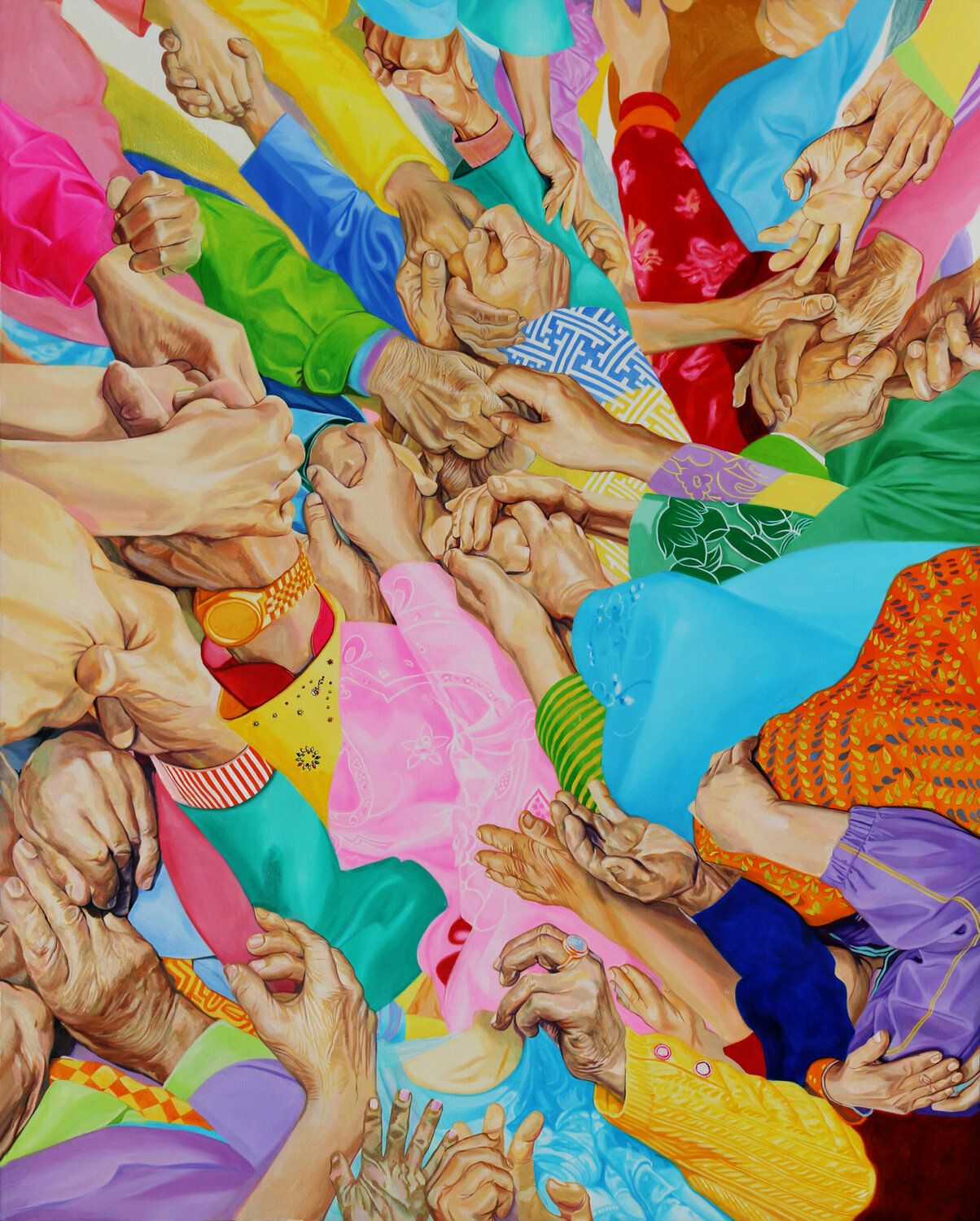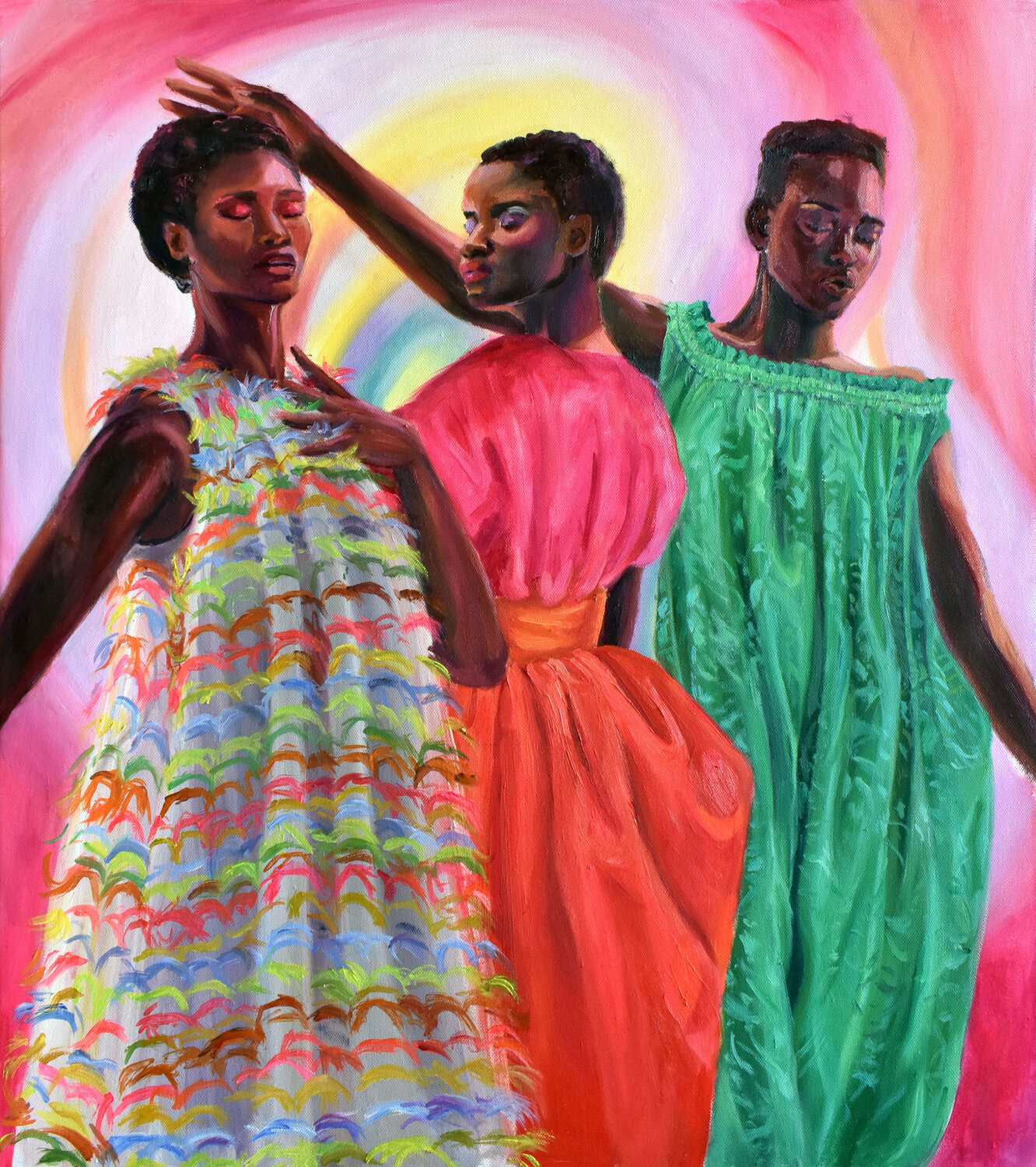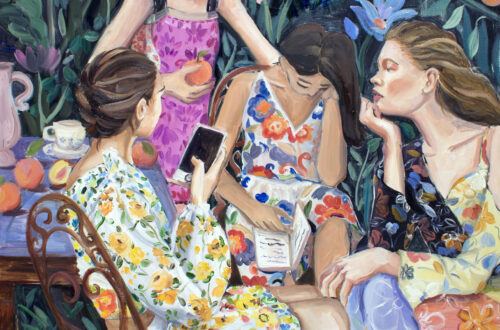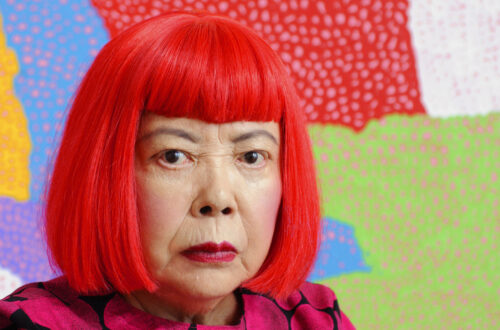Have you considered investing in artwork by women artists? Here are the reasons why you should!
Did you know that professional equity between women and men is a primary concern for SINGULART? A recent analysis showed that even though women make up half of the population, work by woman-identifying artists makes up only around 11% of U.S. museum acquisitions!1
SINGULART is proud to say that 49% of our represented artists are women. Driven by our mission to create a more inclusive art world, here are five reasons why your next acquisition should be by a woman-identifying artist:
Featured image: ‘Shadow’ Series: Skia Graphos, Duality (2019), Gorkem Dikel
1) Ensure a smart financial investment
An analysis of the global art market displayed that while fewer works sold at auction were by woman-identifying artists–and for a lower price on average–works by women artists are actually a better investment. Over the course of the last decade, work sold at auction by women artists rose in value by around 72.9%, while the average for work by male artists rose by about 8.3%.2 That is quite an impressive progression! Essentially, secondary market prices for work by women artists are rising exponentially faster than the prices for work by men, even though they are starting from a lower estimation. Representation of woman-identifying artists in museums is also on the rise, with acquisitions reaching a new high in 2019. This uplift shows a rising demand for women artists that will only continue to increase, indicating now as the perfect time to benefit from investing in emerging women artists. Can we reach an even higher peak in 2023?
2) Become a more objective art connoisseur
A study analyzing gender bias presented two groups of participants an identical computer-generated painting, with the only difference being the signature–half saw a man’s signature, and the other half saw a woman’s signature. The painting with the man’s signature was given overall higher ratings. The same study then presented different artworks to participants and had them guess the gender of the artist. The study concluded that participants could not consistently nor accurately guess an artist’s gender just by looking at an artwork.3 These findings demonstrate that preference for artwork by men is often an inherent bias rather than a matter of aptitude. Consciously developing interest for and acquiring work by women artists can thus directly challenge these arbitrary predispositions. This can help undo existing biases to make you an overall more objective collector.
3) Expand your meaning for the value of art
While it has been proven that there is no discernable difference in artistic competence between men and women artists, it has been studied that men and women may be socially conditioned to apply different criteria when valuing art.4 Male-identifying collectors tend to emphasize an artist’s status and market positioning, while woman-identifying collectors tend to place more consideration on their reaction to the artwork itself. On one hand, knowledge of an artist’s background and potential is very important when considering art for investment. Ignoring this may also prevent you from better understanding a work’s artistic or cultural context. The other extreme is focusing only on artists’ status, creating a perpetual cycle of deeming already-acclaimed groups of artists as more worthy, while underestimating marginalized artists. Understanding the social constructs that influence the way we view and appreciate art can not only help us define our true preferences, but also expand our ability to appreciate art on new and different levels. Diversifying your collection–including work by underrepresented groups such as woman-identifying artists–can be an active exercise in incorporating renewed and more wide-ranging approaches when valuating artworks.
4) Actively contribute to a more inclusive art market
Historically, there have been drastic inequalities when it comes to the representation and sale of art by women in museums and the global art market. And this is not because women are not becoming artists. Women in top art schools graduate at an equal rate than men and account for almost half (46%) of professional artists in the United States.5,6 In order to level the playing field, we must collectively and individually support and invest in women artists. By allowing professional women artists to live off of their work and aiming to improve representation and the gender wage gap, we can work towards a more equitable art world.
5) Help shape the future of art history
When we study art history, we often celebrate the game-changers who were ahead of their time: artists who introduced new approaches or perspectives, which were often initially misunderstood; gallerists and collectors who championed unknown or underrated artists and empowered them to become stars. Whether an art lover or a serious collector, you are a modern-day patron of the arts, part of the greater cultural shifts and movements we will look back on. Today, we witness a call for greater diversity and inclusion in the art world. Making the intentional choice to acquire work from marginalized groups such as women-identifying artists means you are helping develop and define the contemporary era of the art world. The future of art starts now, with you!
Sources:
1 https://news.artnet.com/art-world/full-data-rundown-burns-halperin-report-2227460
2 https://www.sothebys.com/en/articles/where-women-outpace-men-in-the-market
3 https://academic.oup.com/rfs/article/34/8/3789/6218783
4 https://onlinelibrary.wiley.com/doi/abs/10.1002/mar.20719
5https://papers.ssrn.com/sol3/papers.cfm?abstract_id=3025923
6 https://www.arts.gov/sites/default/files/Artists-in-the-Workforce-Selected-Demographic-Characteristics-Prior-to-COVID%E2%80%9019.pdf







